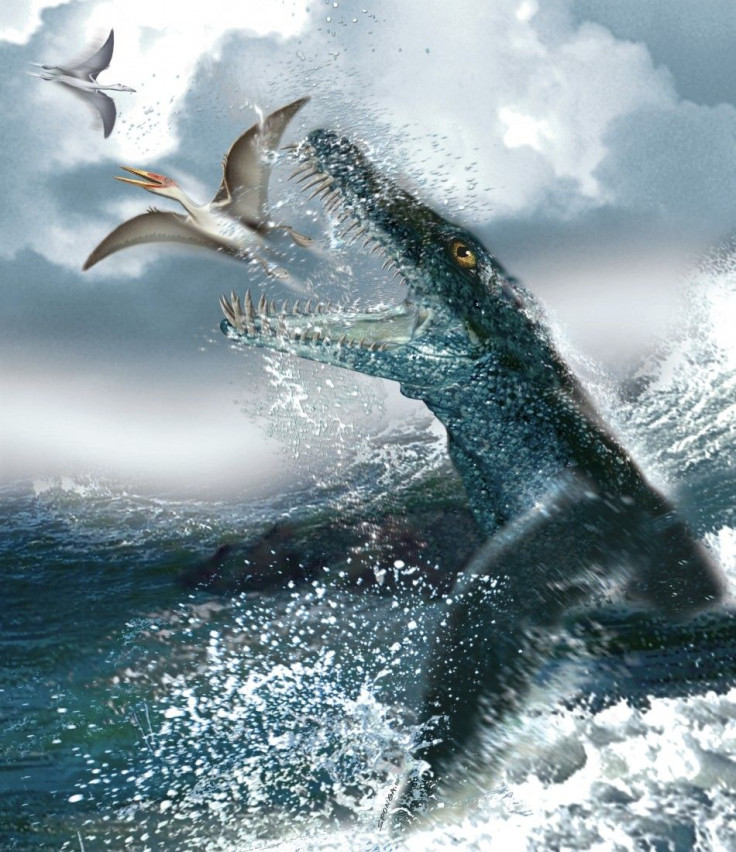Ancient 'Loch Ness Monster' Suffered From Arthritis Leading To Pliosaur Demise, New Research Says

Ancient versions of the mythical Loch Ness monster apparently suffered from a very pedestrian case of arthritis as they aged.
Researchers discovered the 26-foot crocodile-headed pliosaur suffered from a bad of lock jaw after studying the skeletal remains of its 10-foot-long noggin. The 150-million-year-old bones of an older female pliosaur showed signs of a degenerative condition a lot like arthritis at its jaw.
The most exciting aspect of this research for me is the arthritic condition, which has never been seen before in these or similar Mesozoic reptiles, said researcher Judyth Sassoon at the University of Bristol, according to Discovery News.
The arthritis eventually led to the creature's slow and painful demise, according to Sassoon. It initially probably made movement painful, until eventually the jaw fractured and likely killed the animal.
In the same way that aging humans develop arthritic hips, this old lady developed an arthritic jaw and survived with her disability for some time, Sassoon said. But an unhealed fracture on the jaw indicates that at some time the jaw weakened and eventually broke.
The pliosaur, essentially an oversized crocodile, called what is now southern England home at a time when the area was closer in climate to Florida than the cold, rainy climate it experiences today, said researcher Michael Benton of the University of Bristol. It most likely dug its 8-inch teeth into other, smaller crocodile-like creatures like itself, as well as fish and shellfish.
This pliosaur, like many of its relatives, was truly huge, Benton said. To stand beside its skull and realize that it is 3 meters long, and massive and heavy as it is, that it once functioned with muscles and blood vessels and nerves, is amazing. You can lie down inside its mouth.
© Copyright IBTimes 2024. All rights reserved.





















